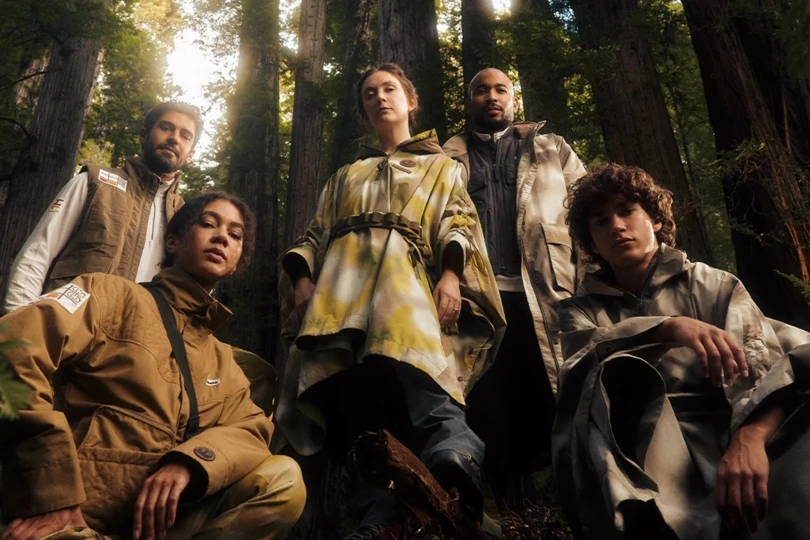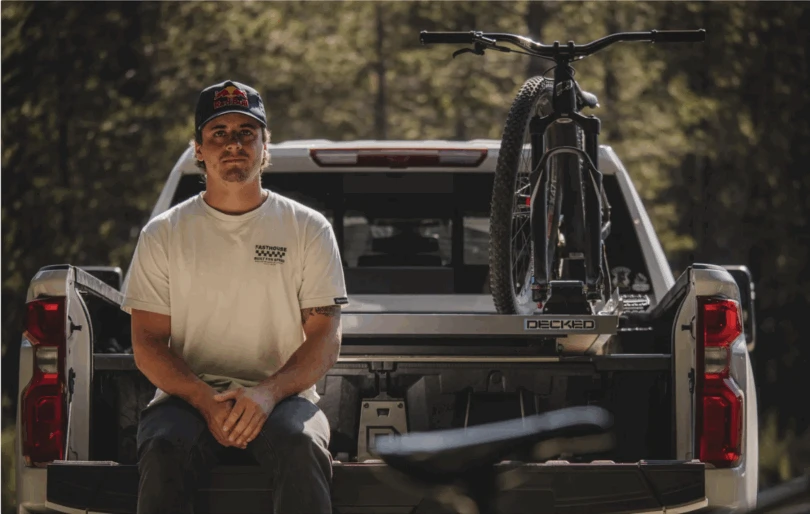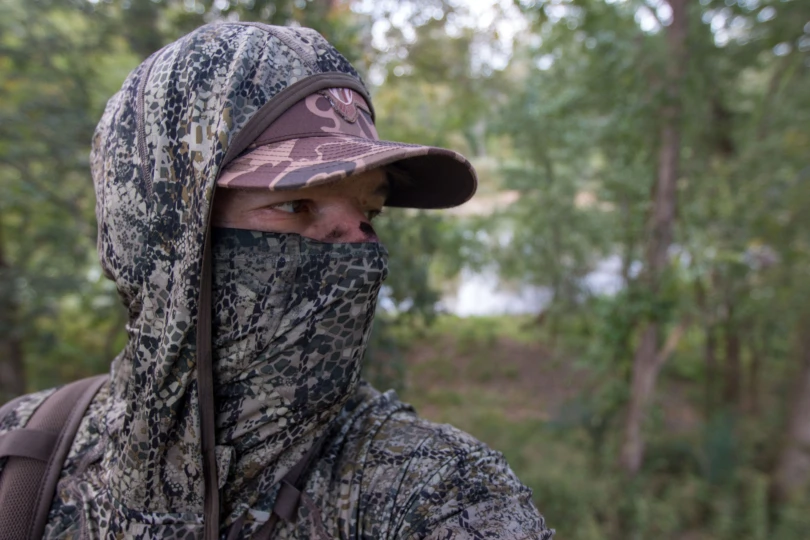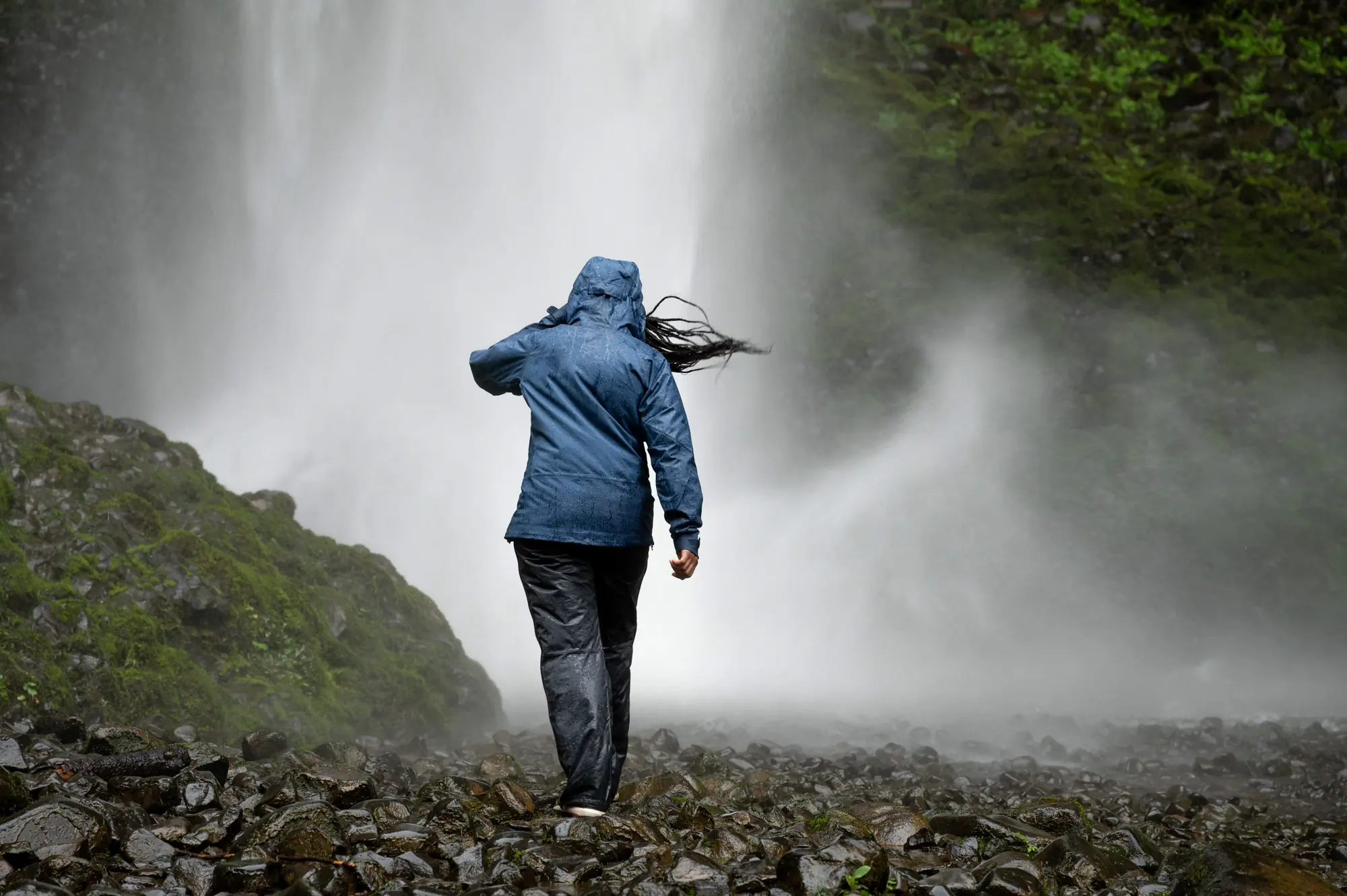With modern designs dating back at least 75 years, the mesh base layer is old head in outdoor exploration. Long favored by Nordic adventurers and adopted for many hardcore Arctic and mountaineering expeditions, mesh has proven its utility on the most frigid margins.
These down-low favorites of arctic expeditionaries are also gaining traction among backpackers, hikers, and campers. So, I figured it was time to test out Brynje, the biggest and oldest name in mesh base layers. I tested them in a gauntlet geared toward general users, over various trips, activities, and seasons. I wanted to gauge their versatility and peculiarities for everyday adventurers.
In short: Mesh base layers are a classic style that’s come back around. Putting several Brynje Thermo Base Layer models through their paces, I found them to be incredibly versatile across temperature ranges — when there was a breeze. These layers stumbled a bit in more stagnant, hot, and humid conditions, from treadmill training to the sorts of downpour hikes that call for a fully zipped jacket. However, from single-digit hikes to 70-degree bike rides, they were among the most flexible and capable base layers I’ve ever used.
If you’re in the market for base layers, check out GearJunkie’s guide to the Best Men’s Base Layers and the Best Base Layers for Women.
- Fabric Weight: 125 g/m²
- Materials: 80% merino wool, 20% polyamide
- Thermal Category: Heavyweight
- Fit: Slim fit
- Garment Weight: 5 oz. (top); 5.2 oz. (bottom)
Pros
- Wide temperature range
- Makes ventilation easy
- Intelligent padding placement
- Flexibility
- Sizing versatility
Cons
- High price tag
- Relatively hot and clammy without ventilation
- Limited color options
- Limited UV protection
Brynje Thermo Base Layer Review
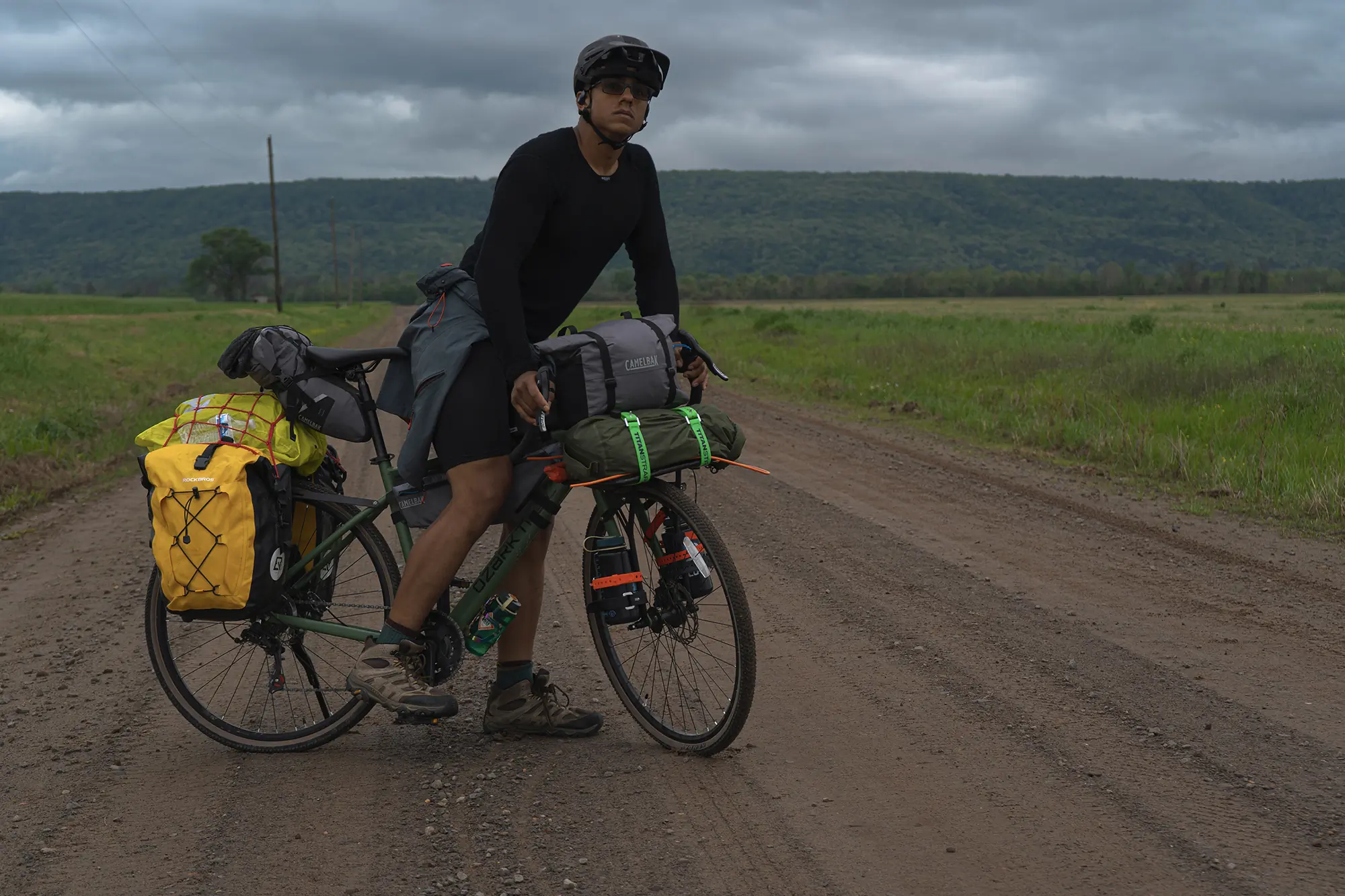
Brynje is practically synonymous with mesh base layers. Boasting three-quarters of a century in the game and a tremendous number of firsts, Brynje is the benchmark for mesh base layers.
In 1953, Sir Edmund Hillary and Tenzing Norgay first stood atop Everest in Brynje’s cotton mesh base layers. In ‘94, Bryjne’s synthetic mesh became the first synthetic base layer to make it to the South Pole. Brynje returned to Antarctica in 2014 when the company launched its first merino wool mesh base layers, and Juan Menendez Granados wore them on the first solo, unsupported bicycle expedition to the South Pole.
However, mesh layers are seeing broader adoption. Arctic expeditions are one thing. But simply because a base layer does well in subzero conditions doesn’t mean it will work well for those winter car camping in the Shawnee Forest, cycling across the Ozarks, or thru-hiking the PCT. I put them through a wide-ranging wringer to see how Brynje’s expedition heritage carries over to adventure variety.
Brynje Mesh Thermo Base Layer: Sweaty Science
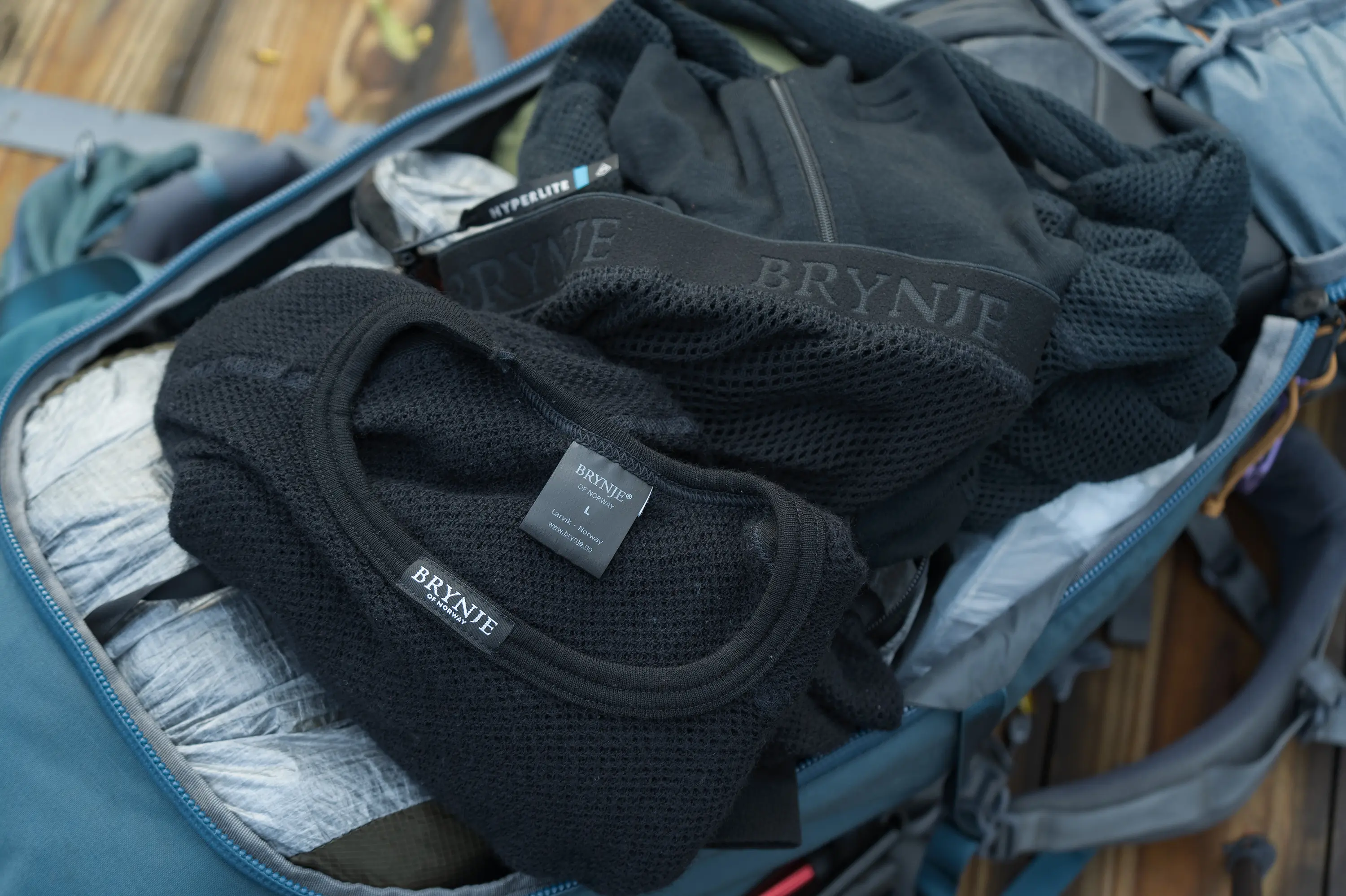



Brynje’s base layers are a perfect example of where theory meets real-world use.
Merino wool is anti-stink, as its components trap offensive fumes. Merino wool can also absorb up to 30% of its own weight in water without any noticeable loss of insulation.
The Brynje Thermo Base Layer uses a thickly woven merino knit. That allows the garments to trap more warm air while controlling odor and allowing for easy moisture control — as long as you have ventilation.
Fit & Design
I am built with a bit less lank than many hikers (picture someone who can’t decide whether they’re a powerlifter or a distance cyclist). So, I’m a card-carrying member of the Thick Thigh Society, and sizing base layers can be a pain. However, I found Brynje’s mesh to offer tremendous flexibility and overlap between sizes. That should make fit a nonissue for most people.
Likewise, Brynje’s Thermo line has some intelligent padding. All of the tops offer an extra, solid layer of fabric on the shoulders. It provides more padding and longevity under the shoulder straps of a heavy pack.
For those with more modesty than myself, the Brynje Thermo Base Layers also come in a women’s cut with modesty panels for when base layers are the only layers. The same can’t necessarily be said for the Unisex bottoms. The Unisex bottoms do feature smartly placed padding for the knees, though. More than once during testing, those saved my joints from a buried stone.
Ideal for Cold Temps
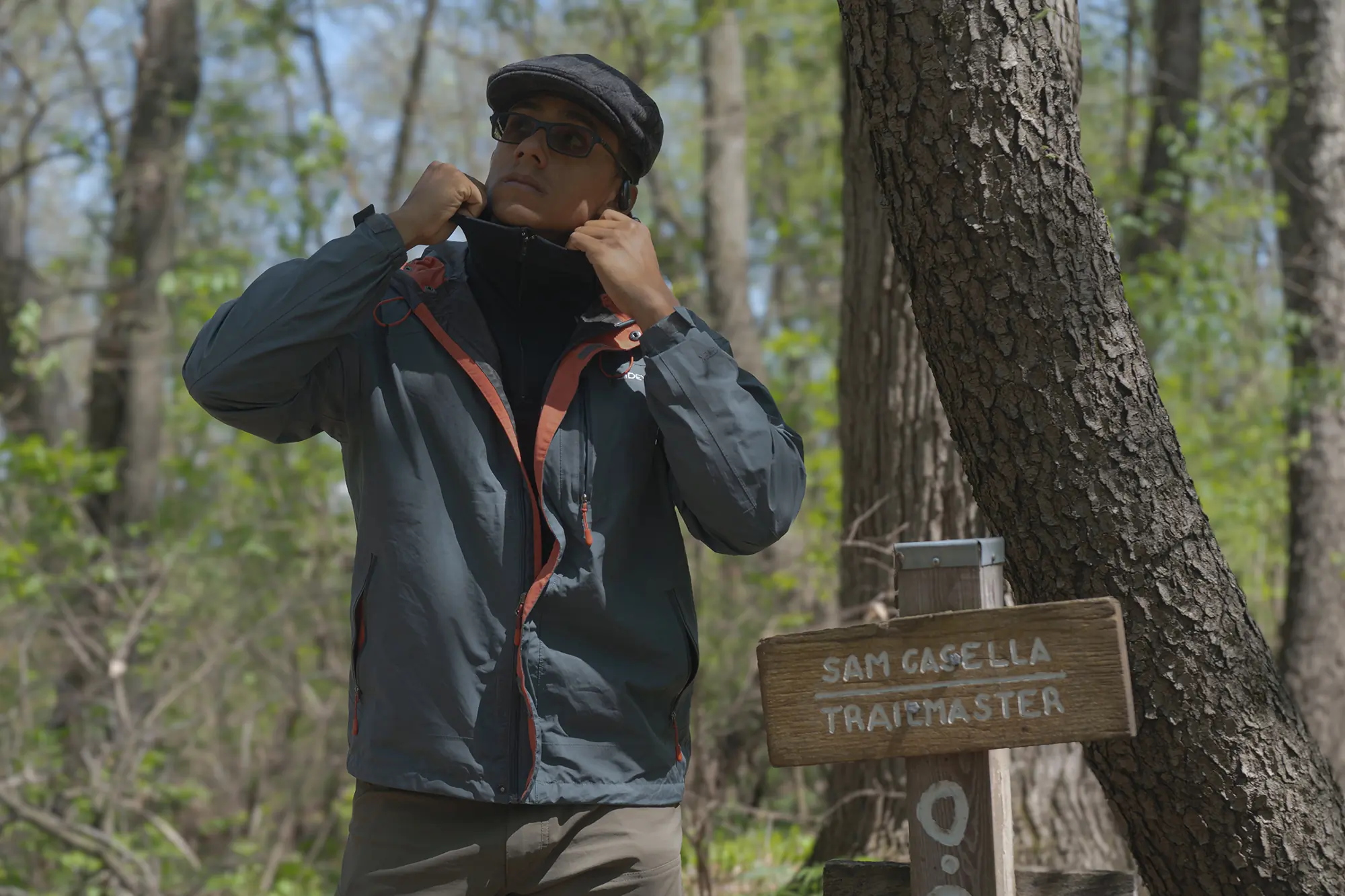



My testing started at the tail end of the single-digit season. I’ve long favored a four-layer approach with a base, mid, insulation, and windbreaker layer throughout winter. However, with Thermo bases, I found myself favoring a three-layer approach.
Despite the fabric weighing 125 g/m² — lighter than most of my merino base layers — it was quite a bit thicker. Beneath a light fleece and a rain shell, this thickness trapped warm air well. It was enough to keep me toasty with only three layers, even at a standstill, in any temps around 20 degrees.
This did come with some caveats. The mesh moves across your skin but is relatively form-fitting. This means that there are pockets of skin that touch fabric less often. On occasions when I pushed too hard and paid too little attention to ventilation, the extra moisture on relatively bare skin did leave me a touch more clammy than solid base layers.
That was me testing the overmotivated idiot approach to thermoregulation. Hiking at a normal pace, the mesh construction made ventilation a breeze. With the mercury low, I found the Brynje’s beating out my usual Smartwool, REI, and Decathlon base layers on warmth and ventilation.
Shoulder Season Strengths
Wool mesh base layers, especially Brynje’s, are historically used in frigid temps and winter camps. Much less has been said about their performance in windy, rainy shoulder seasons.
So, that’s exactly what I put them through. I started with hikes through the neverending bands of frigid March rains in Northern Illinois. I ended with a bikepacking and fishing trip through stiff headwinds, across 300 miles of Ozark Trails near Fayetteville, Ark.
The thick weave of the Brynje Thermos Merino yarn more than made up for the missing fabric. It could soak up plenty of moisture — just as much as any of my usual 185-250g merino base layers. However, the Brynjes consistently felt like they were trapping a bit more warm air next to my skin, even when relatively soaked.
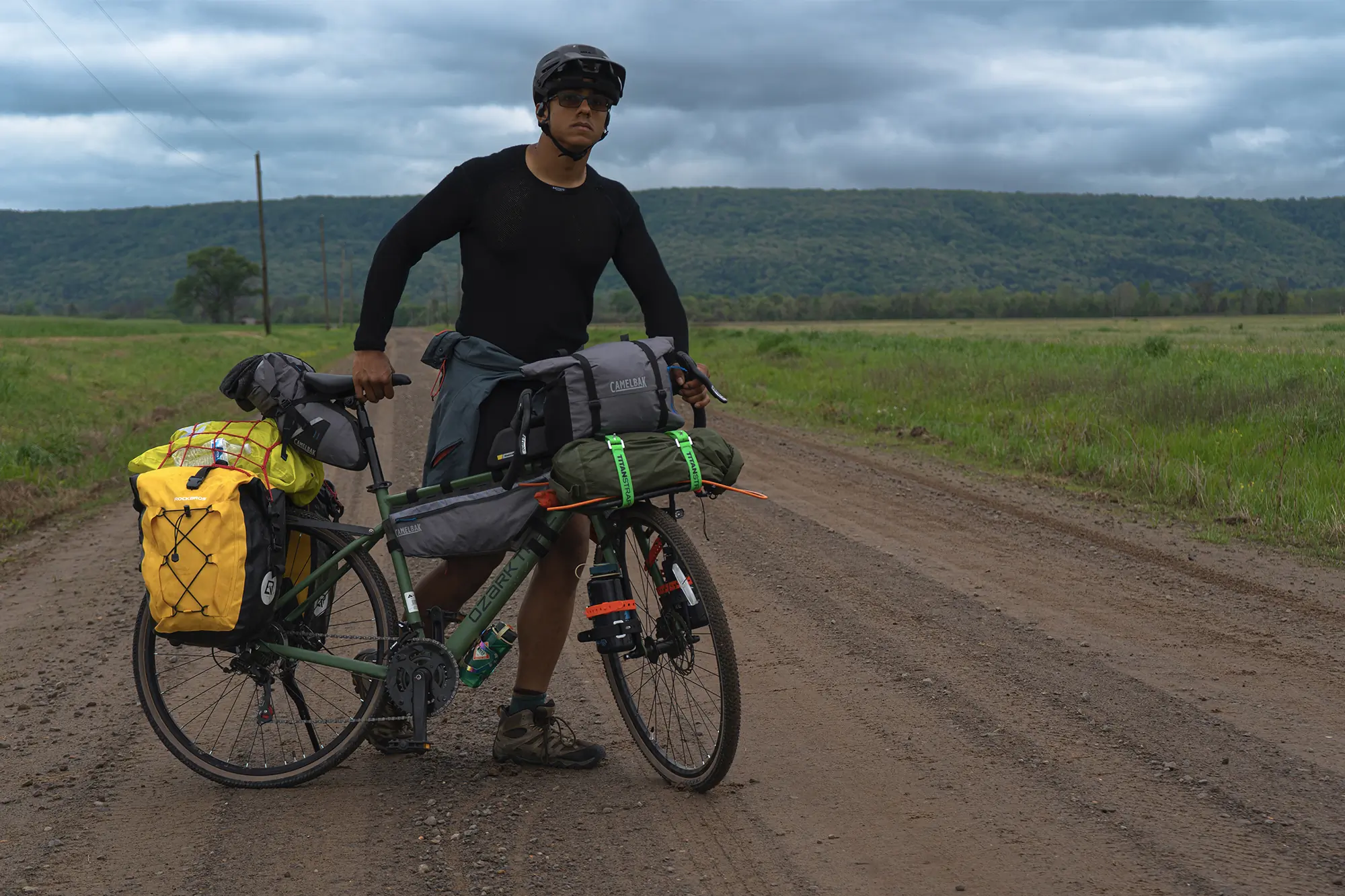



How quickly the garments dried varied widely. With even a mild breeze, they routinely dried quicker than even some of my latest base layers. On that front, I’d consider them an underrated base layer option for biking. Cyclists never want for a breeze. Crossing the Ozarks in temps ranging from just around freezing to 70-odd degrees, keeping my body dry and my temperature stable was not an issue.
Drying in a motel after a sink wash-up or airing out beneath a hammock tarp on a rainy night, was a different story. Without much airflow, the Brynje’s dried slower than my usual 150-185g merino base layers.
Too Hot for Warm Weather
Eventually, I found where the Brynje Thermos tapped out. It happened on a slow slog pedaling uphill with little wind and clear skies. When the wind stagnated, temperatures spiked, and the sky went from dappled clouds to full shine, I quickly found myself opting for my 150g Smartwools. Mesh or not, the thick black fabric was overkill in temps over 60.
I wouldn’t count out Brynje’s Thermos layers during late spring, and early fall in many places. However, they’ll do their best work far away from anything truly hot and humid.
And be warned: If your main reason for favoring merino is its smell benefits, you’ll be forgoing a solid layer between your pits and the world. You’ll find it easier to smell your level of ripeness through this mesh fabric.
Mixed Settings, Mixed Results
Base layers end up in weird situations. Sometimes, they’re worn on a picturesque hike in the mountains. Other times, they’re worn for stalking on a hunt or hunting for a covert impromptu latrine. Eventually, every base layer gets tangled up in briers and dragged across rocks.
Brynje’s Thermos ranks as good as or better than most other base layers for camping, bushcrafting, and occasionally bicycle crashing.
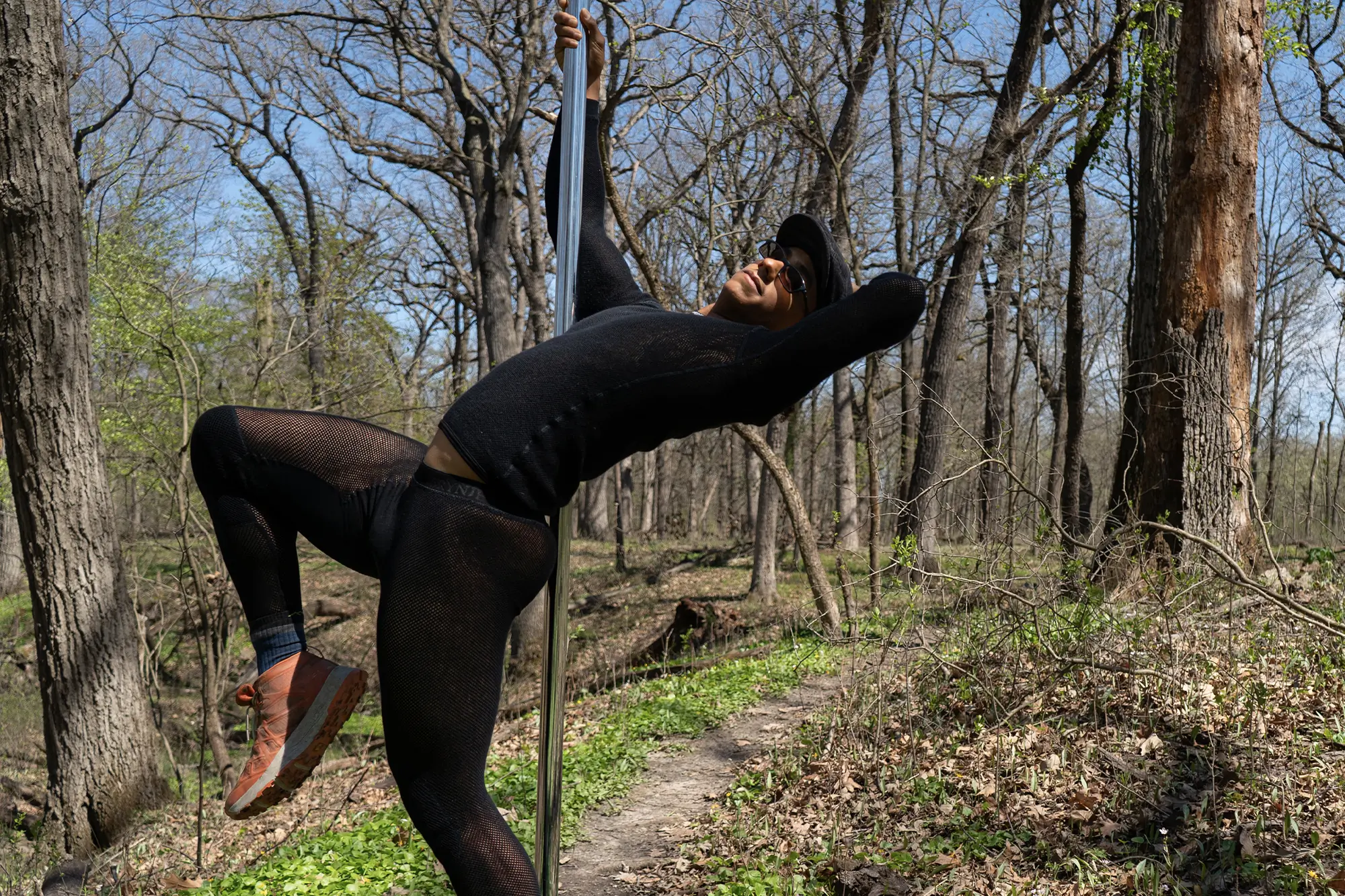



However, in rough country, on days hot enough for your base layers to quickly become your outer layer, mesh means getting hung up more easily and having a more difficult patch job when you do eventually get a hole.
Arkansas boasts 11 species of Smilax vines. While crossing the Ozarks, I learned exactly which ones have thorns by getting tangled up in every single one whenever I needed a bathroom break.
I ran into a similar problem fishing. Badly placed hooks were far more difficult to extricate from the Brynje Thermos than most regular base layers. More than once I found myself tamping down a hook’s barb just in case.
I doubt I’m alone in having my merino duds pull double duty on gym days. Here, too, the Brynjes worked well. However, without the airflow of the great outdoors, I was noticeably hotter squatting in a rack and running on a treadmill.
That said, I’ve never gotten half as many compliments on my drip deadlifting as I did in wool nets. Let’s be real: Style is a factor, and having base layers that feel equally appropriate on a mountain, in a gym, or at a bar, is one oddly specific dream come true.
Brynje Thermo Base Layer: Concluding Mesh-age?




The verdict for arguably the best merino mesh base layers in the game is simple: return on investment. With Brynje’s Thermos running $80-90 for tees and over $100 for long-sleeve shirts, quarter-zips, and bottoms, they’re far from cheap.
Those without much practice with or understanding of smart layering and moisture management, won’t find much benefit in these mesh base layers compared to more traditional options. And in rough country or snaggy situations, choosing mesh can come with some wholly new problems.
However, Brynje’s base layers offer immense rewards for smart usage. They make ventilation easier and quicker than any other base layer I’ve ever used. They offer an incredible range of temperature flexibility, making fit and sizing a breeze. They’re exceptionally well-built. And of the utmost importance — I’ll be damned if I’ve ever looked this good in traditional base layers.



